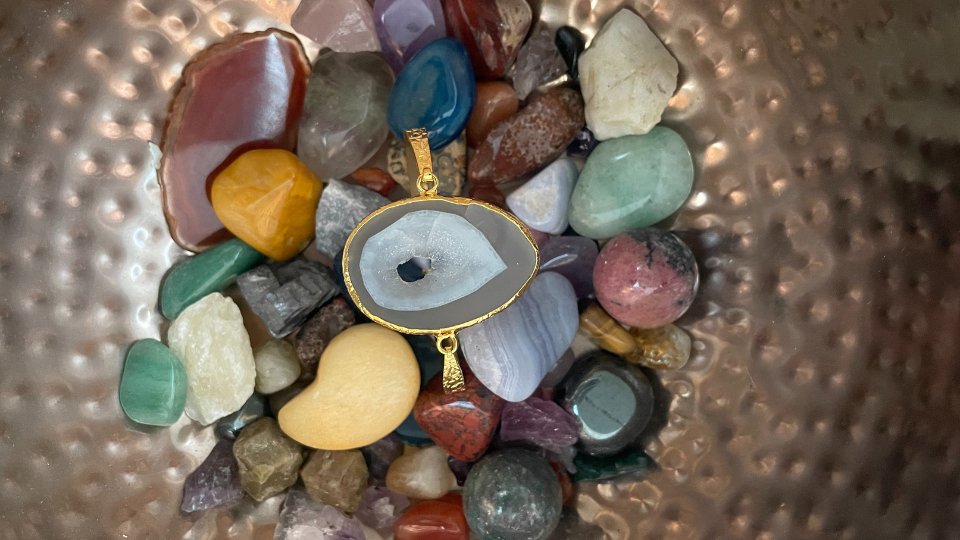
What are uncut rocks?
There are several names that uncut rocks and gemstones carry. But with the exception of ‘no cut’, its most common name is mostly raw and rough. These types of gemstones can be found in two forms. Many scientists and retailers love lab-grown, uncut gemstones, but you can still find them in nature.
Miners often excavate them, and it will also cause a change in the size of uncut diamonds. Unprocessed gemstones can be found anywhere in the world. The sources of this brilliant gem are in a total of about 35 countries.
How do cuts affect gemstones?
A rough diamond has no shine. But its quality will determine the cost of the finished cut gemstone. The price of an uncut gem is primarily related to carat (size), clarity and colour.
- In general, the higher the carat weight, the higher the cost. This assumes that all other attributes are the same. For example, small transparent roughs are yellow, have many defects, and are more costly than large ones.
- Gemstones almost always contain defects (called inclusions) inside. The less gem inclusion you get, the higher the grade of transparency you get. Defect gems are more valuable than cut diamonds, which are less transparent.
- Most colourless (or white) diamonds have a natural yellow or brown tint. The more colours a diamond has, the brighter it will be and the less polished: the colourless the diamond, the rarer and more expensive.
- This is another factor that can affect the value. Especially the value can be reduced, but yes if necessary. For example, sometimes large roughs have a humorous shape, and many truncate to make small shiny diamond stuff. This is less valuable than a nice symmetric little rough.
Advantages of buying uncut gemstones
- The biggest attraction of buying uncut gemstones is that they are often cheaper than cut gemstones. For example, you can find an uncut 1-carat diamond ring for hundreds or thousands of dollars of a ring of the same size.
- Uncut diamonds are always crash-free, as all raw diamonds need to have a Kimberley Process Certificate to import or export from any country. This certificate confirms that the diamonds were mined in a war-free area. However, cutting and polishing the diamond will make the Kimberley process out of control.
- Unprocessed jewellery is rare but noticeable. Some women like the almost quartz-like shape of rough diamonds.
Taking care of uncut gemstones
Depending on the nature of the stone, the technique is aimed at proper and regular cleaning and storage. Otherwise, problems can occur. Below are some tone management tips.
- Some stones can be damaged by the use of strong chemicals, especially if they are porous. In addition, too much water can ruin the quality of stones because it requires a cool and stable environment.
- Know if some stones can be cleaned with a mild detergent / commercial cleaning solution. There are several names such as amethyst, aquamarine, diamond, emerald, jade, opal, ruby and sapphire. After soaking the stone in a solution and warm water, dry it and rub it with a Hienjo brush before washing it into a liquid. Dry again with a soft cloth, and after drying, make sure there are no watermarks on the gem.
